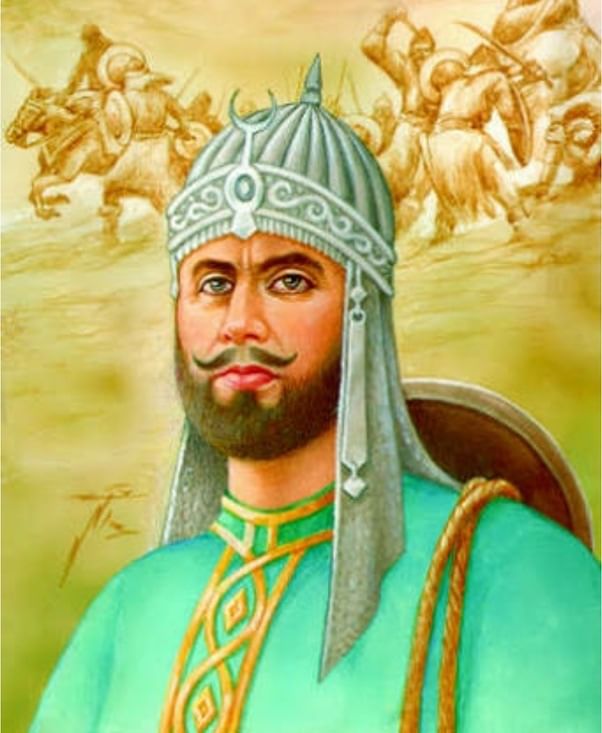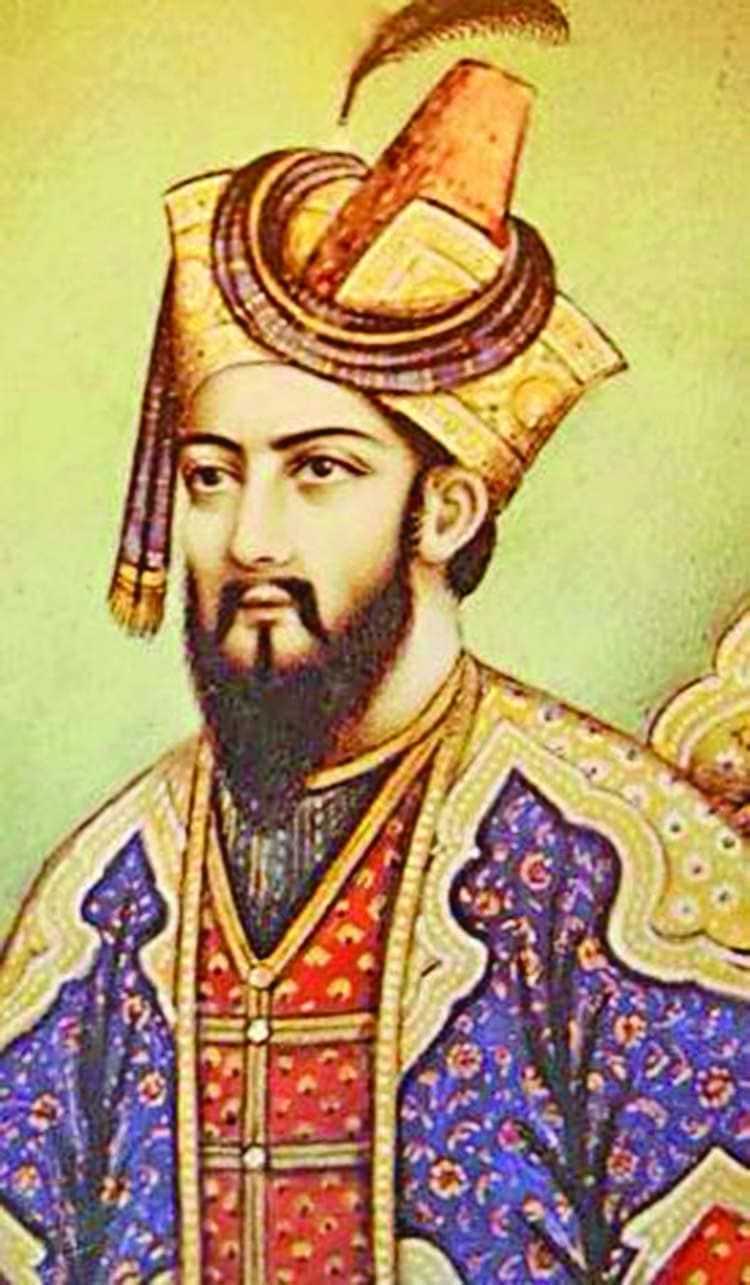Class 7 History Chapter 3 Question Answers - The Delhi Sultans
Q1: Delhi was made capital by the rulers of__________.
Ans: The capital of Delhi was first established by the Tomar dynasty.
Q2: Mughal emperor Humayun, was defeated by_______.
Ans: Sher Shah defeated the Mughal emperor Humayun.

Q3: Who was the founder of the Sayyed dynasty?
Ans: Khizr Khan was the founder of the Sayyed dynasty.
Q4: Name a famous traveler who came from the country of Morocco in the fourteenth century.
Ans: Ibn Battuta was a renowned traveller from Morocco in the fourteenth century.
Q5: Kharaj was a cultivation tax. True/False
Ans: True
Kharaj is specifically a tax on agriculture. It typically amounts to about 50% of the yield from the land. This tax was levied on peasants who cultivated the land.
Q6: How many taxes were levied by the Delhi Sultans?
Ans: The Delhi Sultans levied three main types of taxes—on cultivation (kharaj), cattle (ghari), and houses (chari).
Q7: Name the three types of taxes imposed by the Sultans of Delhi.
Ans: The three taxes imposed were kharaj (on cultivation), ghari (on houses), and chari (on cattle).
Q8: During whose reign did the Sultanate face maximum Mongol invasion?
Ans: The Sultanate faced the maximum number of Mongol invasions during the reign of Alauddin Khalji.
Q9: Name the ruler who made the state directly responsible for the collection of land revenue.
Ans: Alauddin Khalji made the state directly responsible for collecting land revenue.
Q10: Delhi achieved the status of capital for the first time under the rule of ____________.
Ans: Delhi first became a capital city under the rule of the Tomara Rajputs.
Q11: What did the term 'iqta' stand for, during the Sultanate period?
Ans: During the Sultanate period, 'iqta' referred to land granted to military officers in exchange for their service.
Q12: The Chauhan dynasty, which ruled Delhi from 1165, came to power after defeating ____________.
Ans: The Chauhans came to power in Delhi after defeating the Tomaras.
Q13: Alauddin Khilji established a separate department to carry out the assessment and collection of the land revenue. True/False
Ans: True
Alauddin Khilji created a separate department for land revenue assessment and collection.
Q14: Who modernized the iqta system?
Ans: Alauddin Khalji modernized the iqta system by bringing it under stricter state control.
Q15: A token currency similar to today's paper currency was released during the reign of___________.
Ans: Muhammad Bin Tughlaq was the ruler who introduced a token currency similar to today's paper money.
 Alauddin Khilji
Alauddin Khilji
Q16: Ibn Battuta belonged to Persia?
Ans: No, Ibn Battuta was a Moroccan traveller from Tangier.
Q17: The holders of Iqta were known as ____________.
Ans: The holders of Iqta were known as Iqtadars.
Q18: Name the ruler who shifted the capital from Delhi to Daultabad.
Ans: Muhammad Tughlaq was the ruler who shifted the capital from Delhi to Daultabad.
Q19: A type of coin minted at Delhi is known as the __________.
Ans: The Dehliwal was a type of coin minted at Delhi.
Q20: Who defeated the Tomars and took control over Delhi?
Ans: The Tomars were defeated by the Chauhans, who then took control of Delhi.
Q21: When did Raziya Sultan lose control of Delhi?
Ans: Raziya Sultan lost control of Delhi in 1240 AD.
Q22: During whose reign did the system of bandagan come into existence?
Ans: The system of bandagan came into existence during the reign of Iltutmish.
Q23: The Quwwat-ul-Islam is located in __________.
Ans: The Quwwat-ul-Islam mosque is located in Delhi.
Q24: Under whose reign was the system of Iqtadari thoroughly modernized?
Ans: The Iqtadari system was thoroughly modernized under Muhammad Tughlaq.
Q25: What was another name for Iqtadars?
Ans: Another name for Iqtadars was Muktis.
|
63 videos|371 docs|46 tests
|
FAQs on Class 7 History Chapter 3 Question Answers - The Delhi Sultans
| 1. What were the Delhi Sultans? |  |
| 2. Who was the first Delhi Sultan? |  |
| 3. What was the religion of the Delhi Sultans? |  |
| 4. What were the major achievements of the Delhi Sultans? |  |
| 5. How did the Delhi Sultanate come to an end? |  |

















